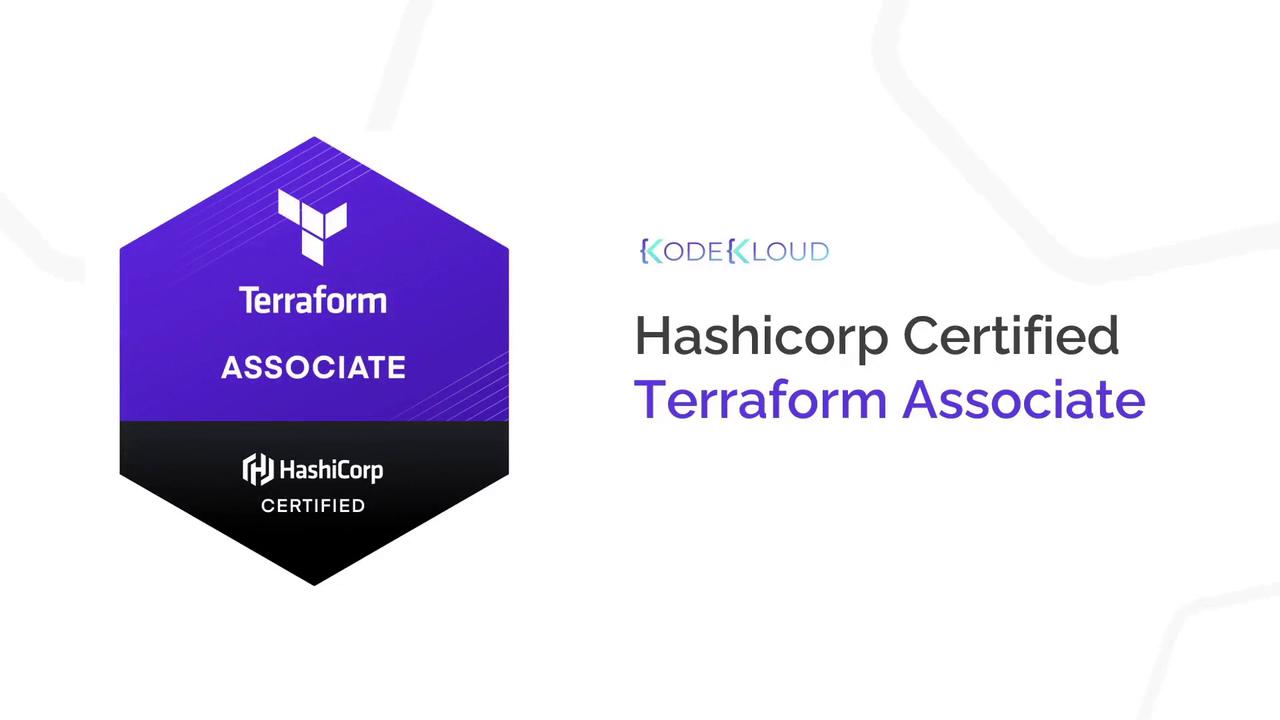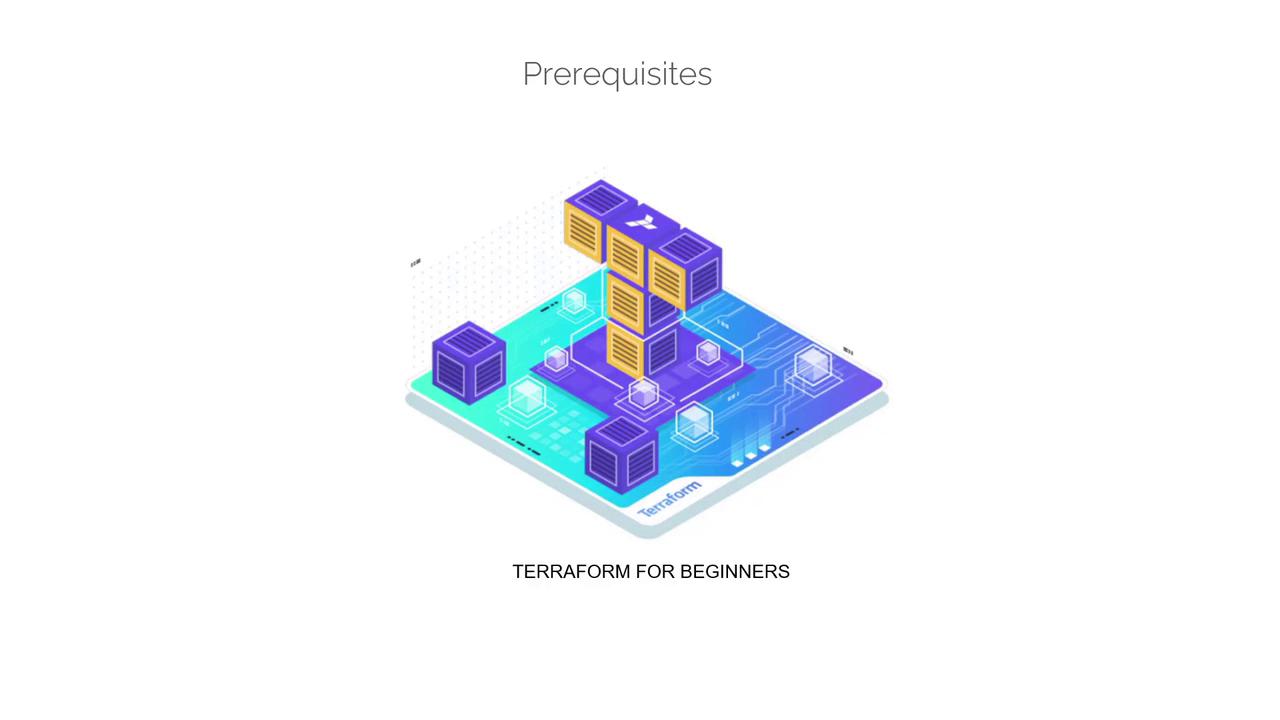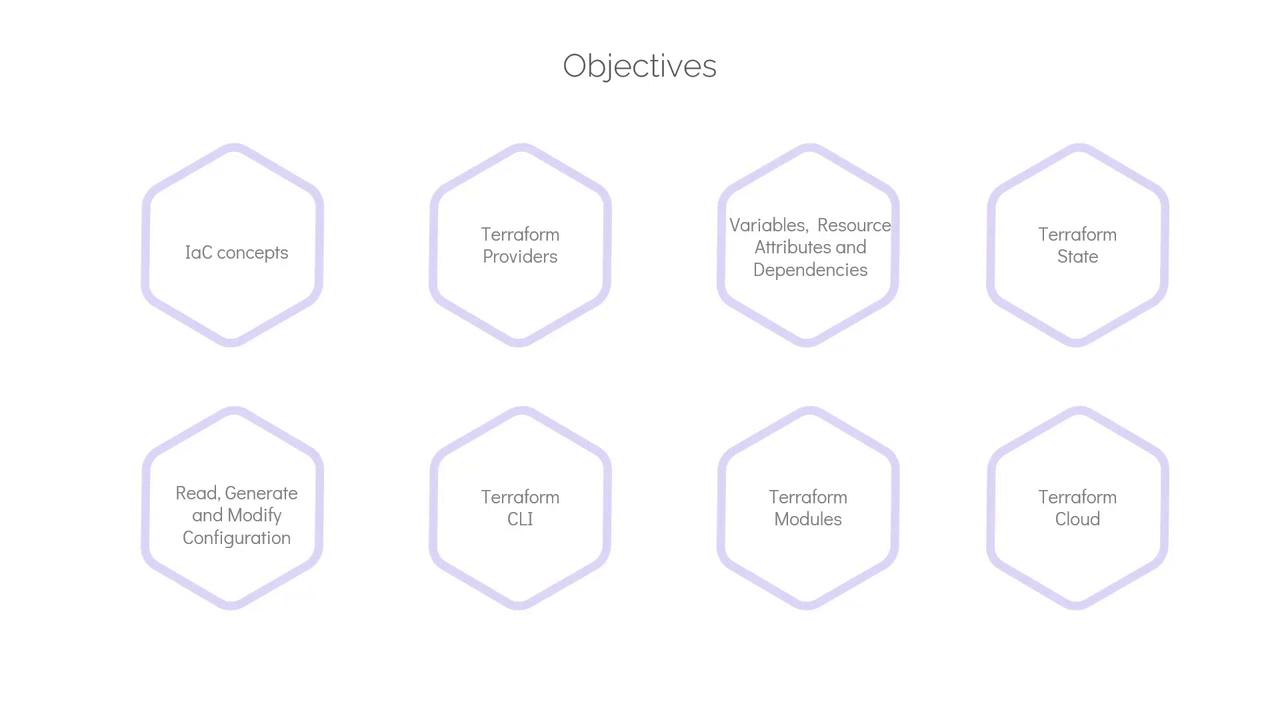Terraform Associate Certification: HashiCorp Certified
Course Introduction
Course Introduction
Welcome to the HashiCorp Certified Terraform Associate Preparation article. In this guide, you'll learn the fundamental concepts and practical skills needed to succeed in the Terraform Associate exam.

My name is Vijin Palazhi, and I'll be your instructor throughout this article.
Prerequisites
The HashiCorp Certified Terraform Associate Certification is an associate-level exam focused on infrastructure automation using Terraform. Although a basic understanding of on-premises and cloud architecture is useful, it is not mandatory. If you are new to cloud concepts or Terraform, I highly recommend starting with the Lab - Terraform for Beginners course. This beginner-friendly course offers hands-on labs, demos, and an introductory overview of AWS, making it easier to grasp the examples and sample code used throughout this article.

If you're already comfortable with these prerequisites, feel free to skip the introductory section and dive directly into the content.
Exam Objectives Overview
The content in this article is tailored to match the objectives of the HashiCorp Certified Terraform Associate exam. Key topics include:
- Infrastructure as Code (IaC): Understand the IaC concept at a high level, compare popular IaC tools, and explore the core Terraform workflow.
- Terraform Providers: Learn about provider plugins, using multiple providers, version constraints, and aliases.
- Variables and Resources: Gain insights into input/output variables, resource attributes, dependencies, resource targeting, and data sources.
- Terraform State: Understand the significance of Terraform state, including managing local state and migrating to remote backends like S3.
- Terraform Fundamentals: Master reading, generating, and updating Terraform configurations. Topics include using loops, provisioners, built-in functions, operators, conditional expressions, local values, and dynamic blocks.
- Terraform CLI and Workspaces: Get acquainted with common CLI commands, lifecycle rules, resource states, logging, debugging, input parameters, and an introduction to Terraform workspaces.
- Terraform Modules: Discover why modules are essential, learn how to integrate modules from the Terraform Registry, and create your own modules complete with input and output variables.
- Terraform Cloud: Explore how Terraform Cloud supports collaborative infrastructure management, including account setup, organization and workspace creation, integration with version control systems, governance plans, and an overview of policy-as-code frameworks.

Each section of this guide is accompanied by multiple-choice quizzes to test your knowledge and solidify your understanding. These quizzes are graded, and you'll receive instant feedback on any incorrect answers. Please note that the quiz interface here might differ from the actual exam layout.
That concludes our introductory overview of the course. I'm excited to embark on this learning journey with you—let's dive in and explore the first lecture!
Watch Video
Watch video content